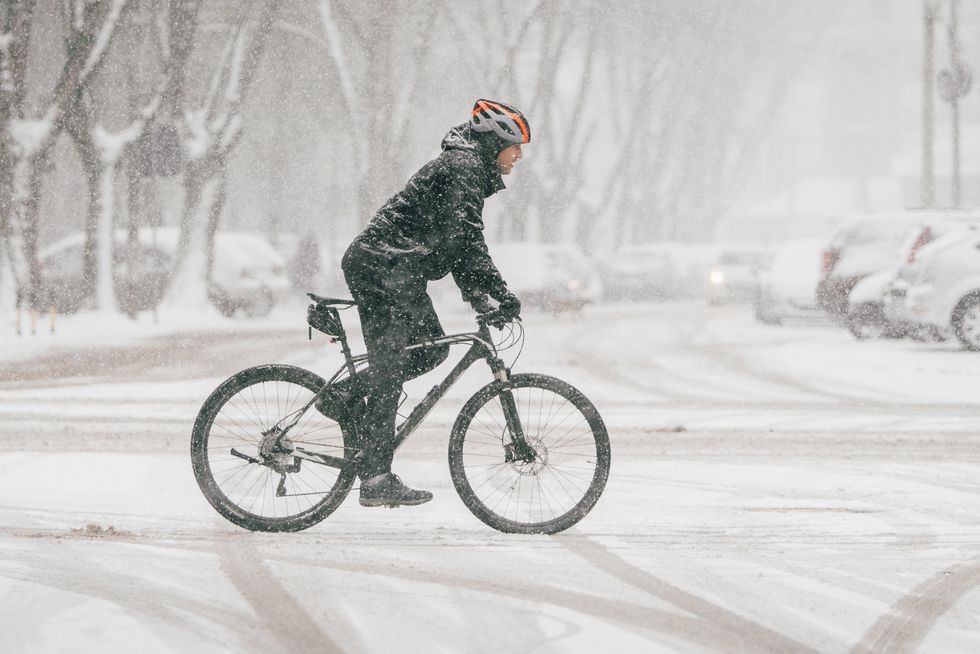

| Po Box 6604 Annapolis, MD 21401 |
|
| jon@nucomwebhosting.com | |
| 877.881.6837 |

If you treat winter as your cycling offseason, you just might be missing out on some of the best months to ride. Sure, daylight is brief, the air is brisk, and the streets look like they might be better navigated by Zamboni, but consider the simple joys of the season.
The satisfaction of triumphing over the elements. The freedom of having the bike lane nearly to yourself. The power of winning your coworkers’ fear and respect, as they gradually come to the conclusion that you’re a crazy person.
Yes, winter is primetime for commuting, and getting out on your bike every day is the best way to keep your spirits high until spring. But how do you get started if, up until now, you’ve been a fair-weather cyclist?
“Finding the perfect winter set-up takes a while, because you first have to know yourself,” Velo says. “Do you run hot or cold? Where do you overheat or go numb? You will go through a trial and adjustment period based on the clothing and bike set-up you select—sometimes multiple times a day.”
Velo says there are two big misconceptions about winter riding—one, that you’ll freeze your butt off (“Actually, you’ll probably overheat!” she says), and two, you need a bunch of expensive gear and a fat bike to survive the roads. You don’t—you just need a few basics and a little time spent on trial and error.
You should always dress in layers. For Velo, this means wearing a merino base layer on top, a softshell jacket and winter bike tights—both of which have windproofing only in front, so the back acts as a vent. She also says she wears multiple layers of thin merino socks, and mittens (not gloves) that have multiple wool inserts, so you can adjust to temps. Having a windproof and moisture-resistant jacket is a necessity for wet days. “But the best clothing and gear is the one that works for you, so take any advice with a grain of salt and go with what you prefer,” she says.
Fenders will make a huge difference on sloppy days, even if you just add a clip-on rear fender to keep your back dry. Wider, knobbier tires aren’t necessarily a must—though they might make you feel more secure on the ice. She recommends riding with one studded tire for added traction if you’re having trouble on the snow.
Wear more reflective clothing and keep a set of lights charged so you’re always ready to ride as the daylight gets shorter and visibility becomes more of an issue.
If you find yourself in rough conditions, don’t panic! “On ice or in snow, you want to have loose hip and elbow joints and try to flow, rather than stiffening up,” Velo says. “If you feel yourself starting to fishtail or slip, try not to overcorrect. This takes some self-reminding before it becomes second-nature.”
And if you’re struggling to stay motivated, just think of the alternative—you could be stuck indoors all day or cooped up in traffic. Not Velo, who started cycling every day 10 years ago when she had a 28-mile round trip commute. Take a page from her winter warrior book:
“I love winter most of the time, and I much prefer fresh air and the rush of ‘I did it!’ than riding on a stuffy bus or driving,” she says. “It's always exciting to see another cyclist on the road and give a low-five, a whoop or a grin.”